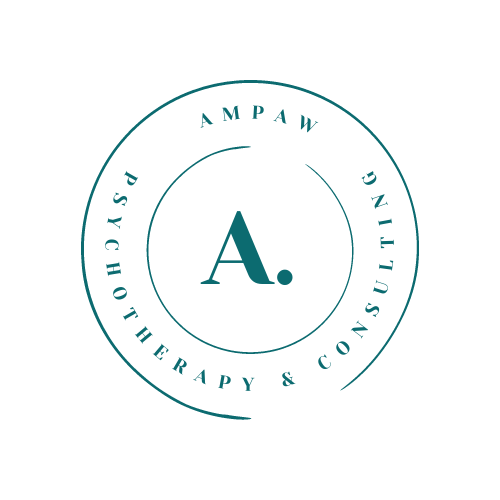Teaching versus Facilitating: What’s the Difference?
The short answer is no, they are completely different skill sets that take practice to develop, just like anything else. Before we go any further, let’s define these two skill sets first!
What is teaching?
Mark K Smith of Infed.org defined it best by saying , “Teaching is the process of attending to people's needs, experiences and feelings, and intervening so that they learn particular things, and go beyond the given.” Teaching isn’t only about the age of those who are learning, the content, or the regurgitation of content. It is most importantly about the experience you provide when creating spaces for new information to be shared. Teaching means that one is leading others to gain more knowledge about a topic through the lens and lived experience of the person teaching.
“Teaching is the process of attending to people’s needs, experiences and feelings, and intervening so that they learn particular things, and go beyond the given.”
One key component that is often overlooked is the importance of attending to the needs of those you are teaching. This can be understanding their accessibility needs or it can be structuring your learning experience to be inclusive and equitable. Teaching goes beyond content, it is immersed in the experience provided! When positive experiences occur, an individual’s long term memory is able to associate the content learned with the positive experience. This allows for content to move from short term memory to long term memory.
What is facilitating?
Facilitation occurs when individuals are able to discuss what has been taught and be equitably guided by person(s) who are leading the space. In facilitation, time is focused on the dialogue that is occurring in the space, rather than solely focusing on the regurgitation of information. As Paulo Freire (a Brazilian philosopher) describes,” dialogue must be humanizing and challenge ourselves and others in affirming ways.” Facilitation must be intentional and must allow for folks to speak freely in a space while parameters are created to ensure the most is gained.
Both of these terms provide salient learning experiences that can be SO HELPFUL and create positive experiences of learning. Our cultures dictate how we experience teaching and facilitating, so if these definitions are not your lived experience, please know that your lived experience matters and I am writing with the context and training I have gained from the American educational system. I can go ON AND ON about this, and if you want to chat more or understand how these skills can be better executed, schedule a free 30 minute time slot with me, HERE!
“No one is born fully-formed: it is through self-experience in the world that we become what we are.”
